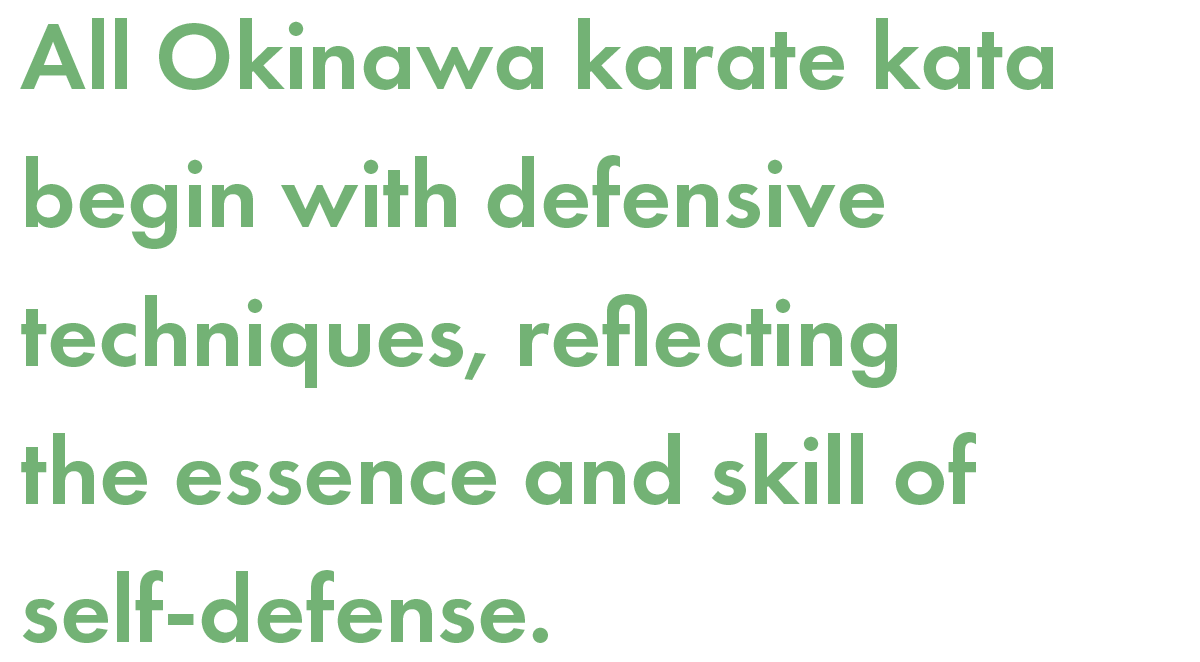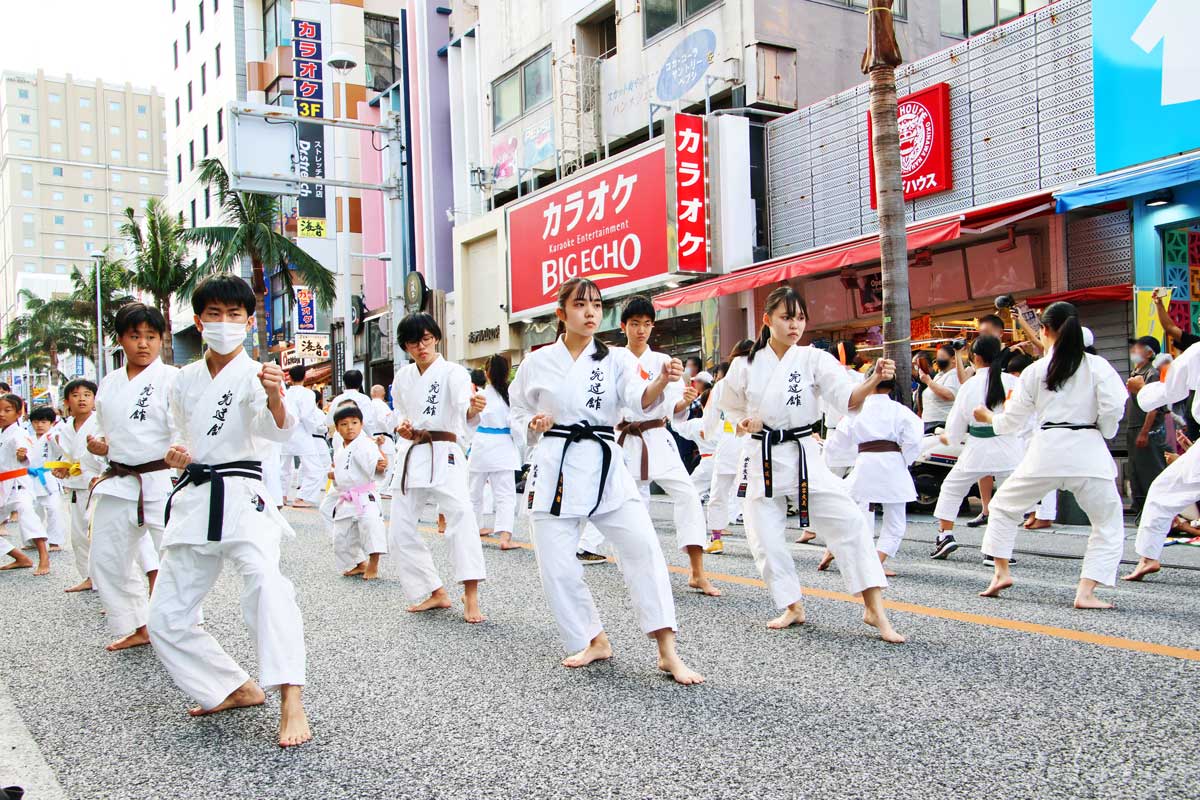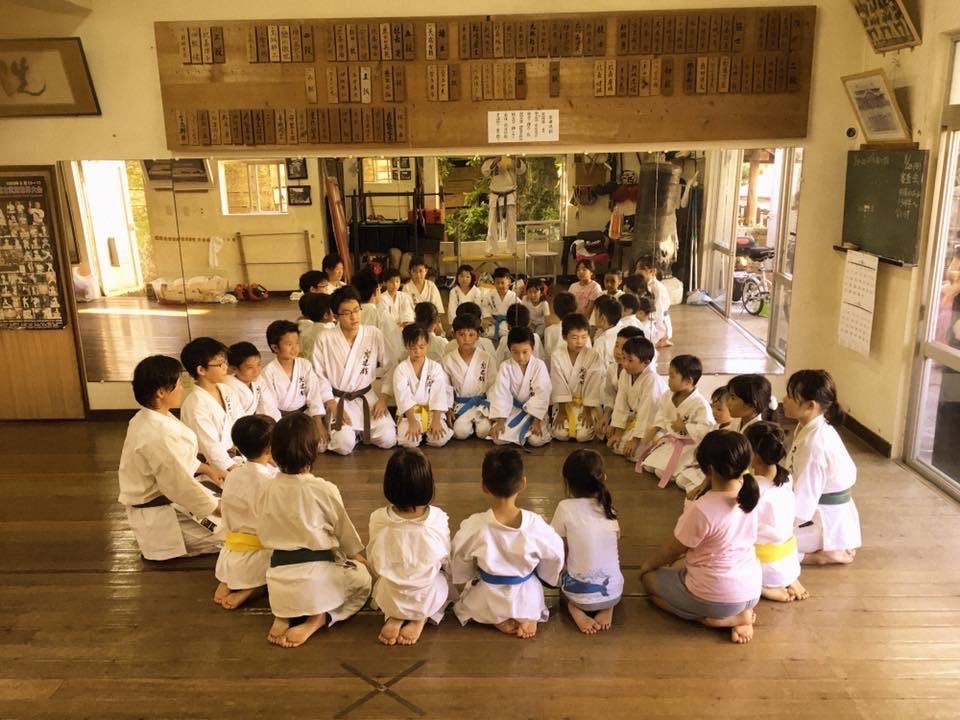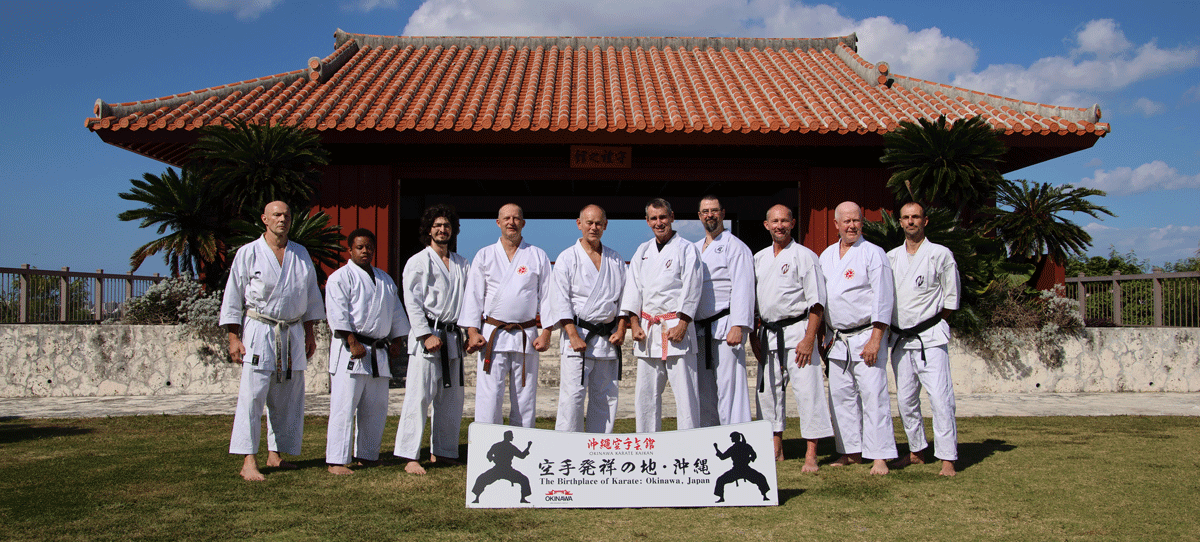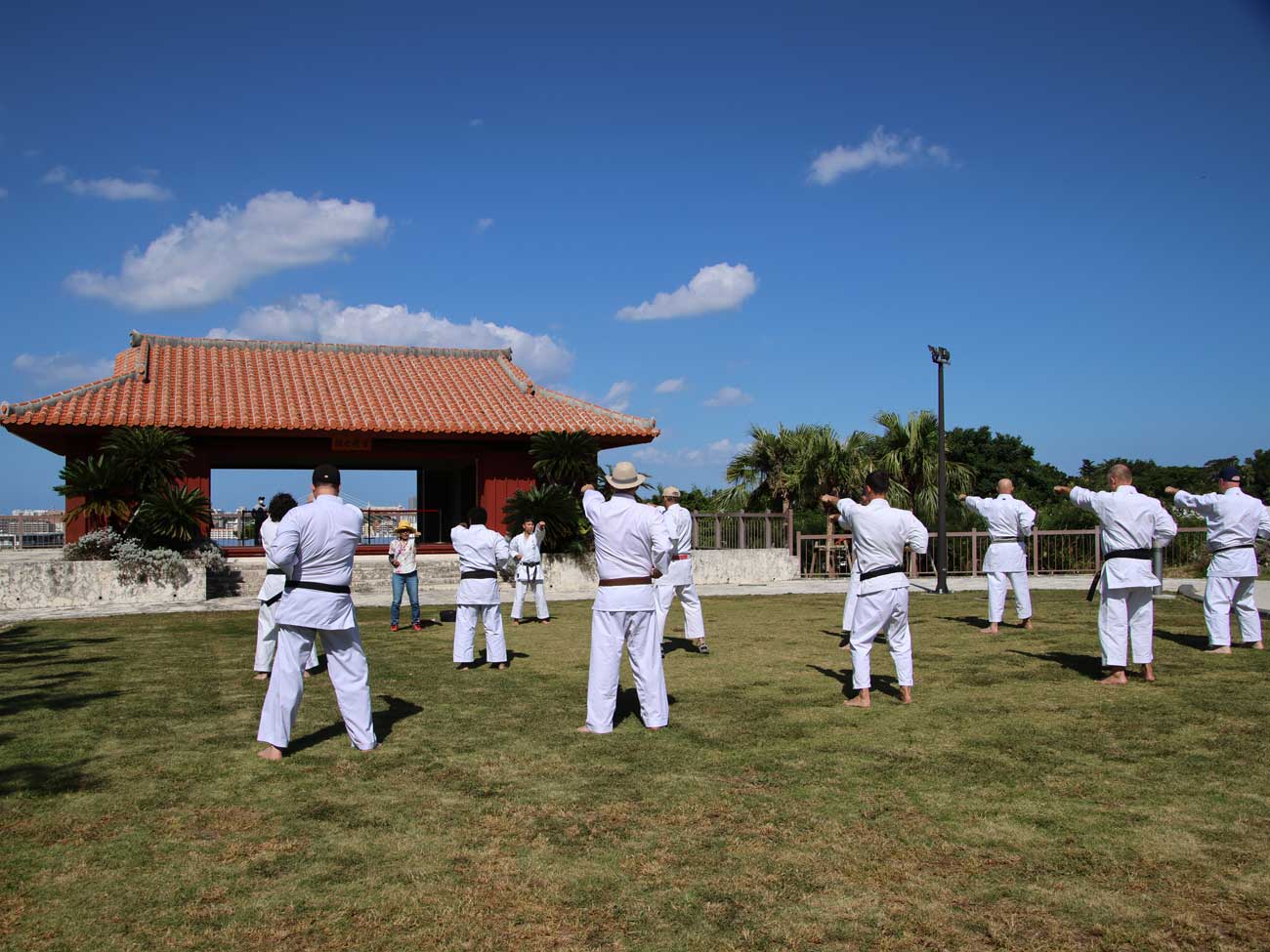
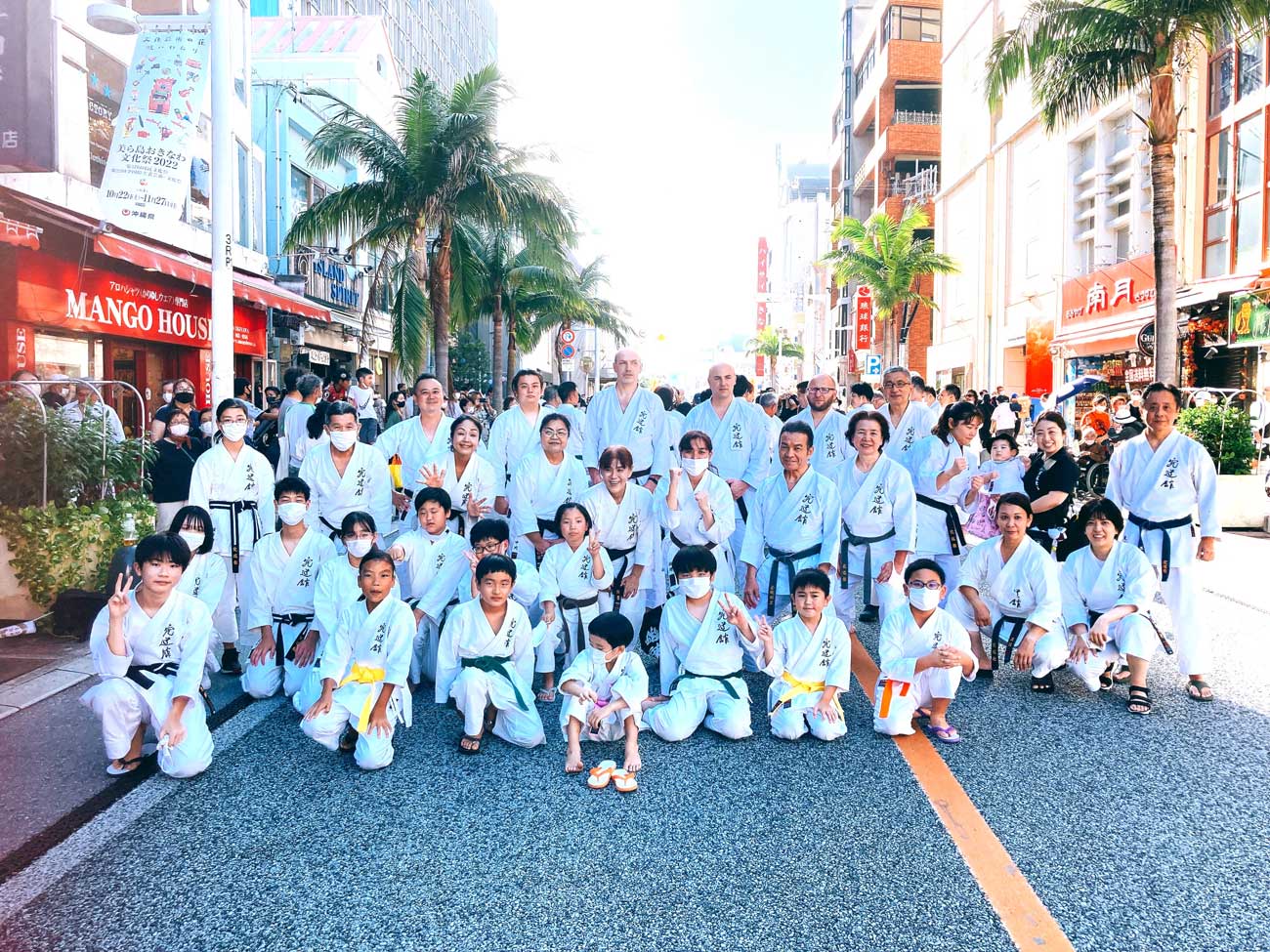
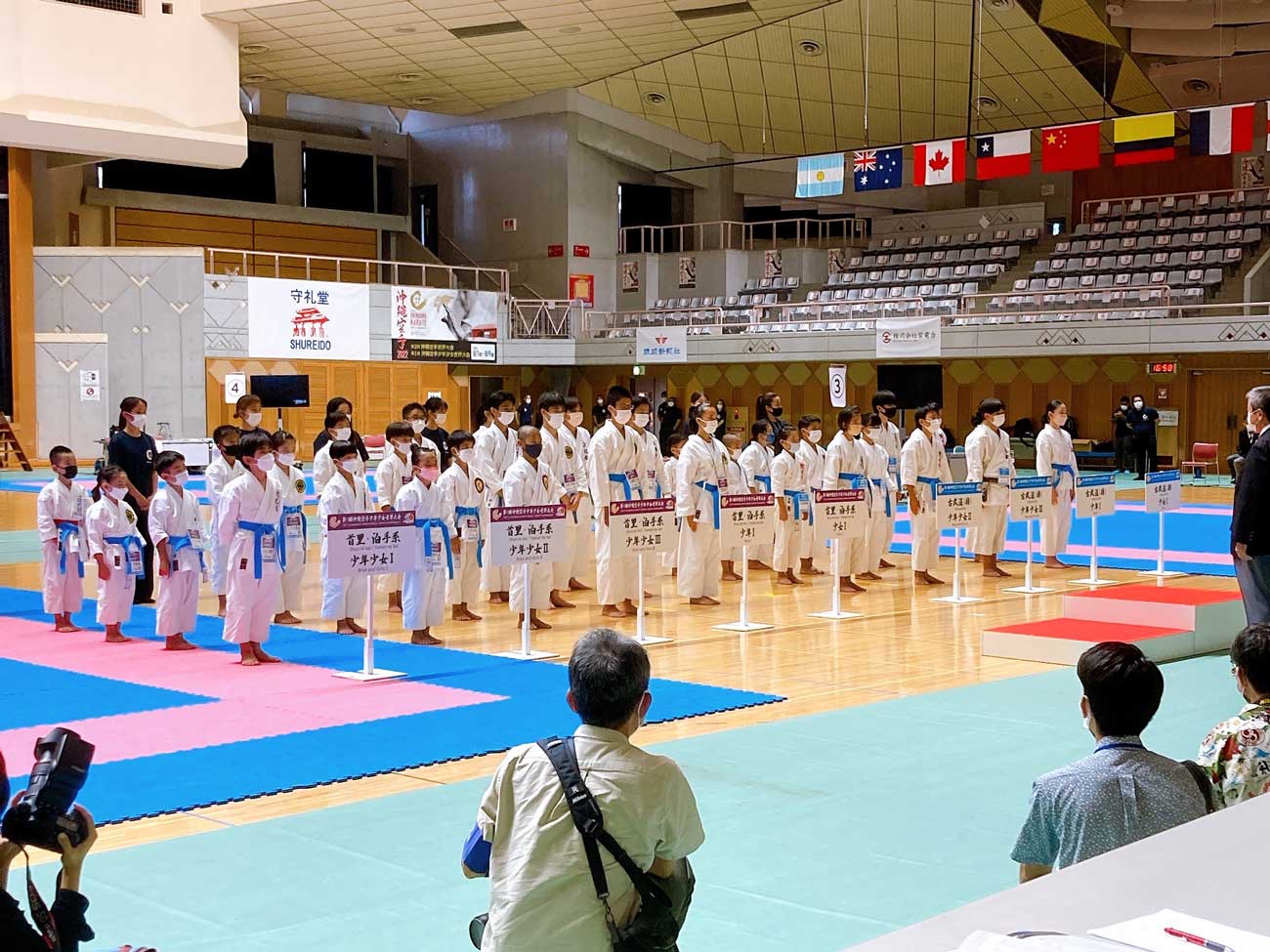
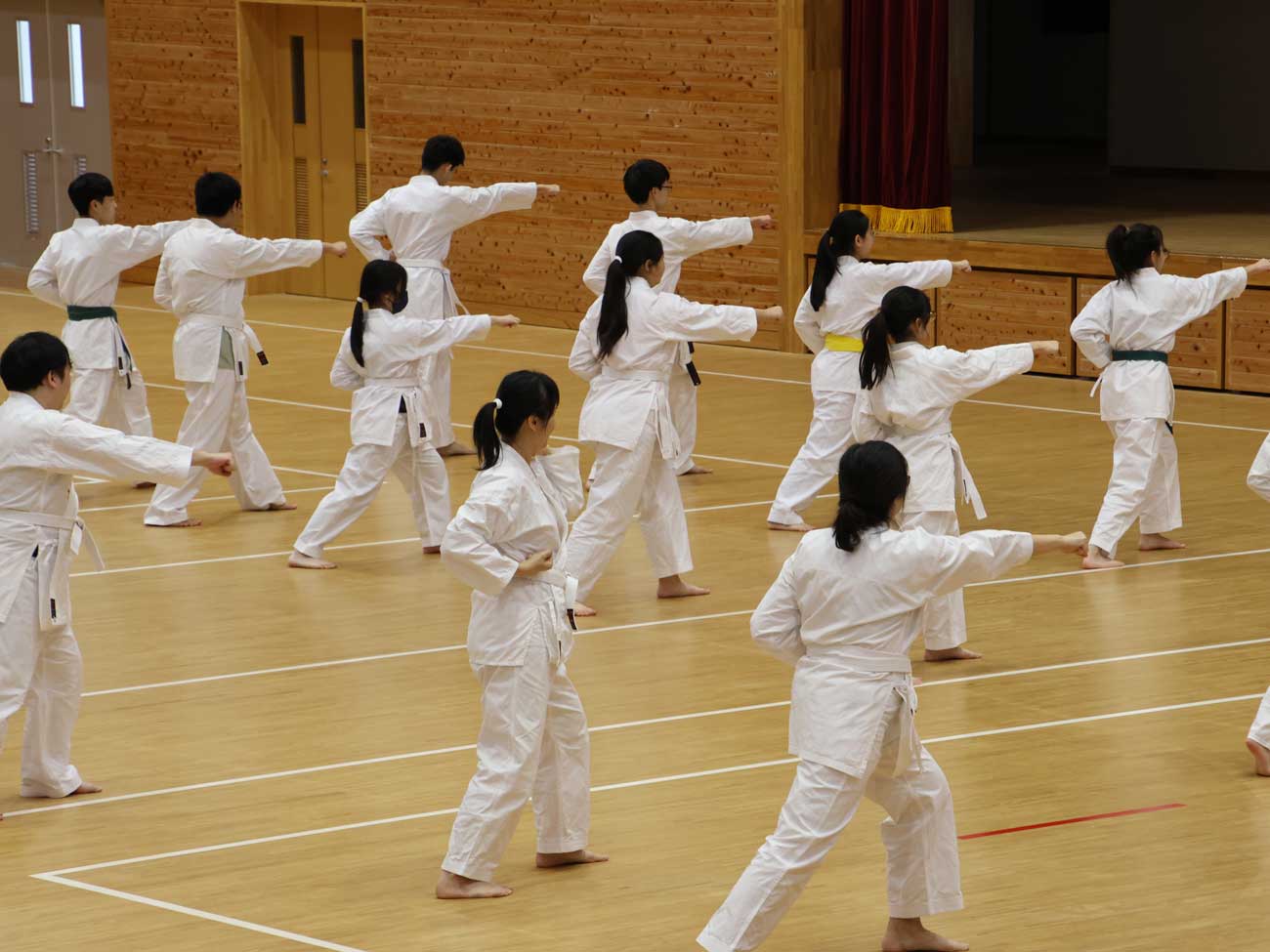
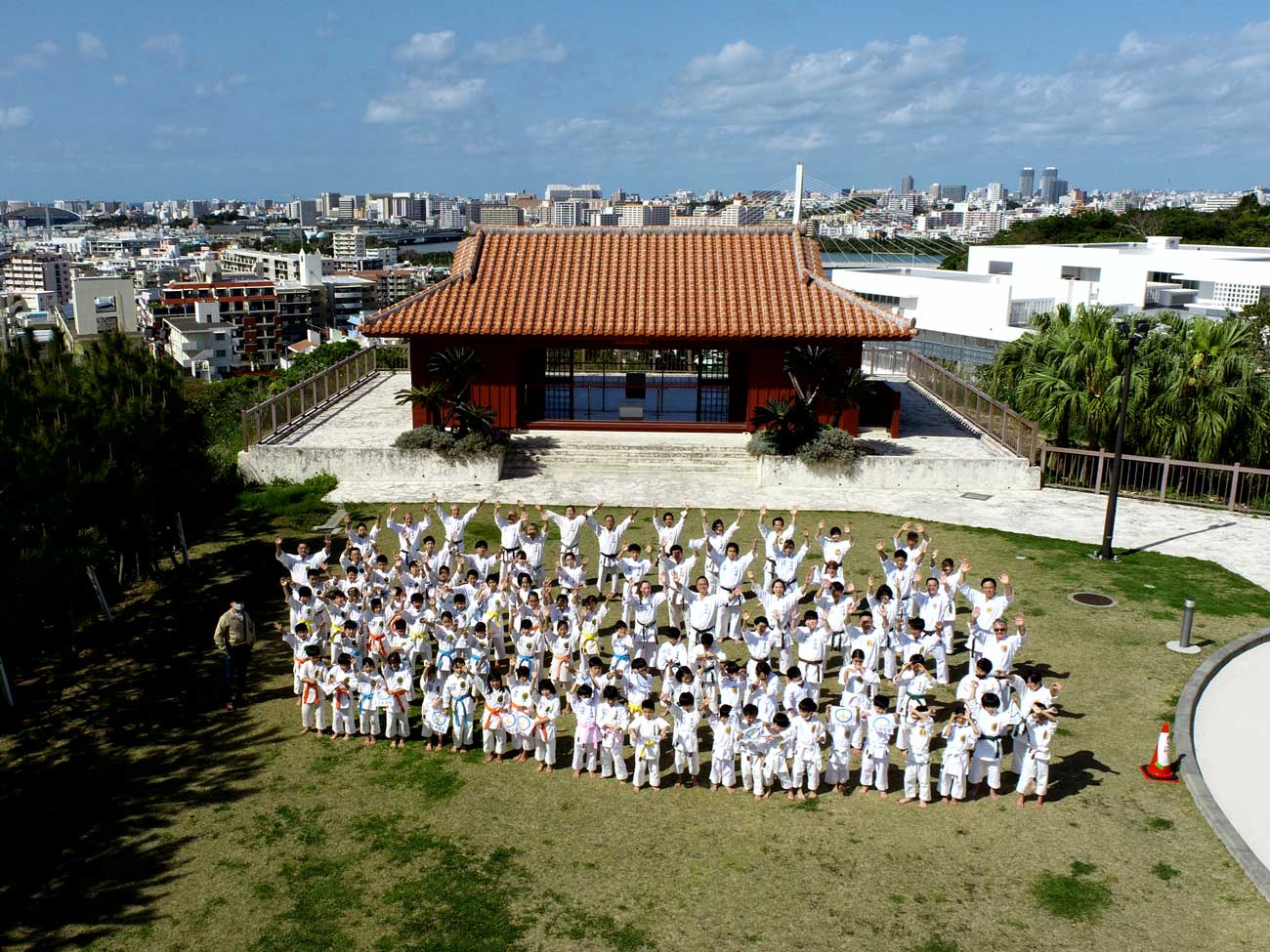
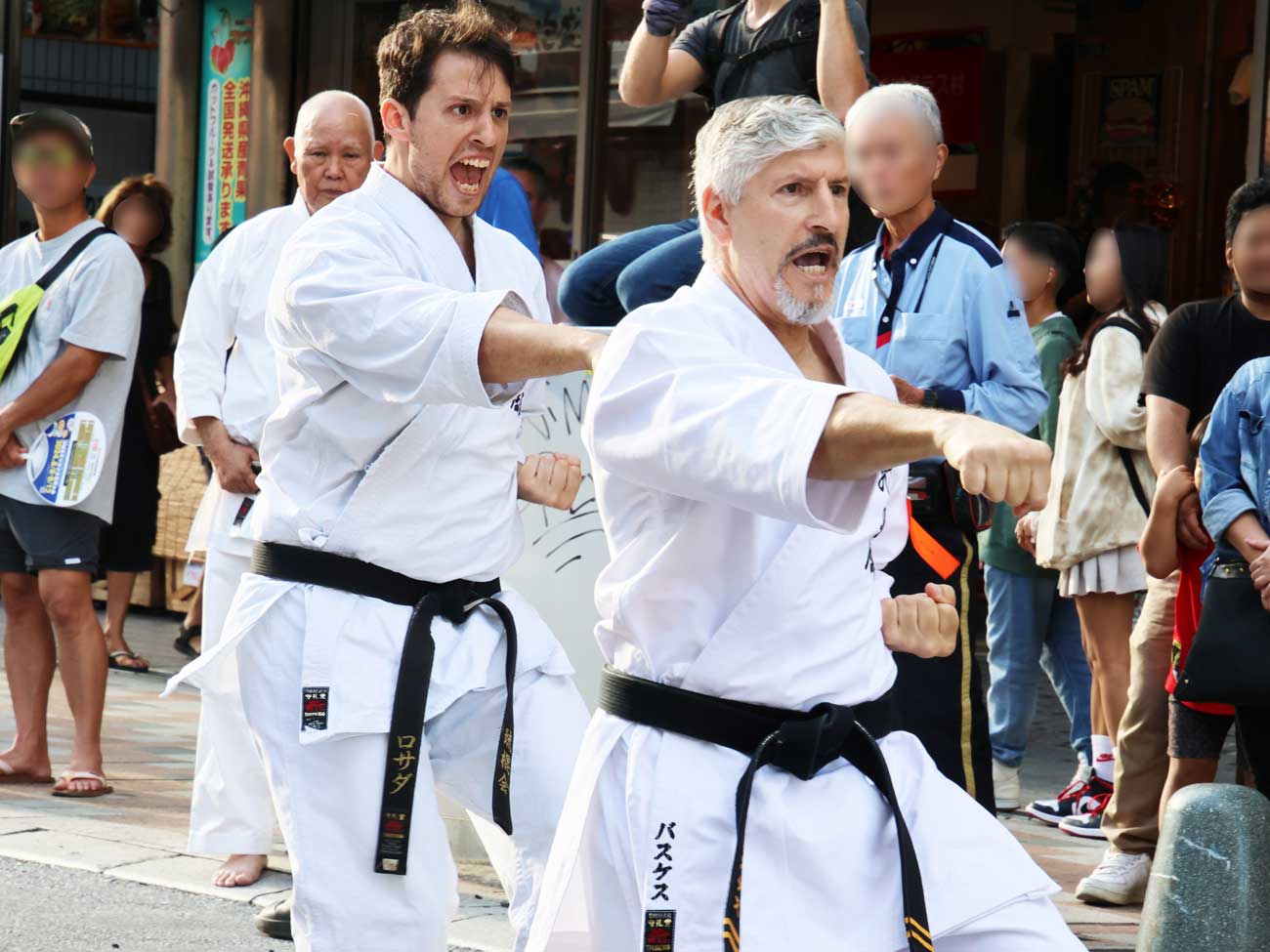
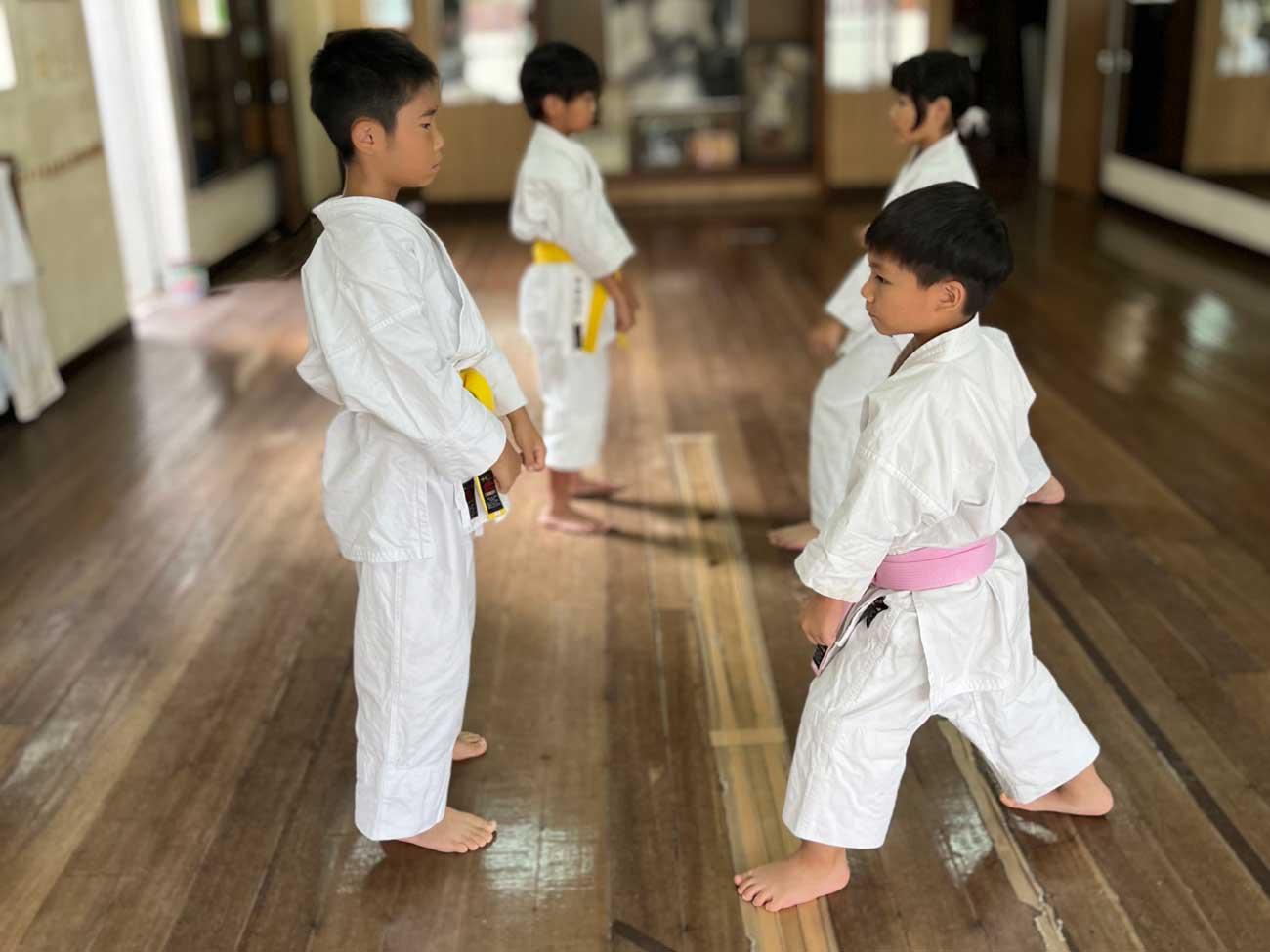


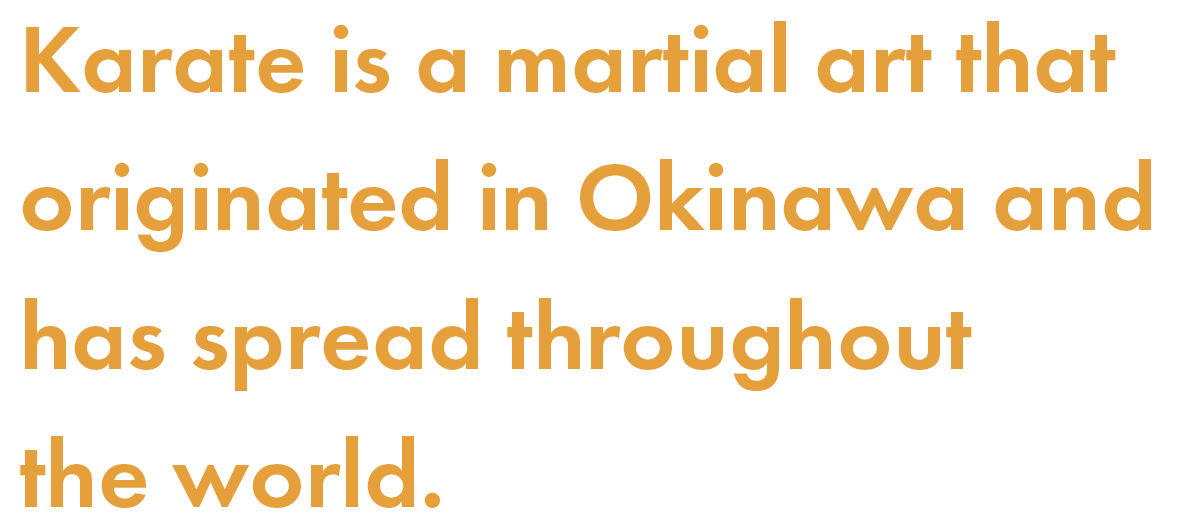
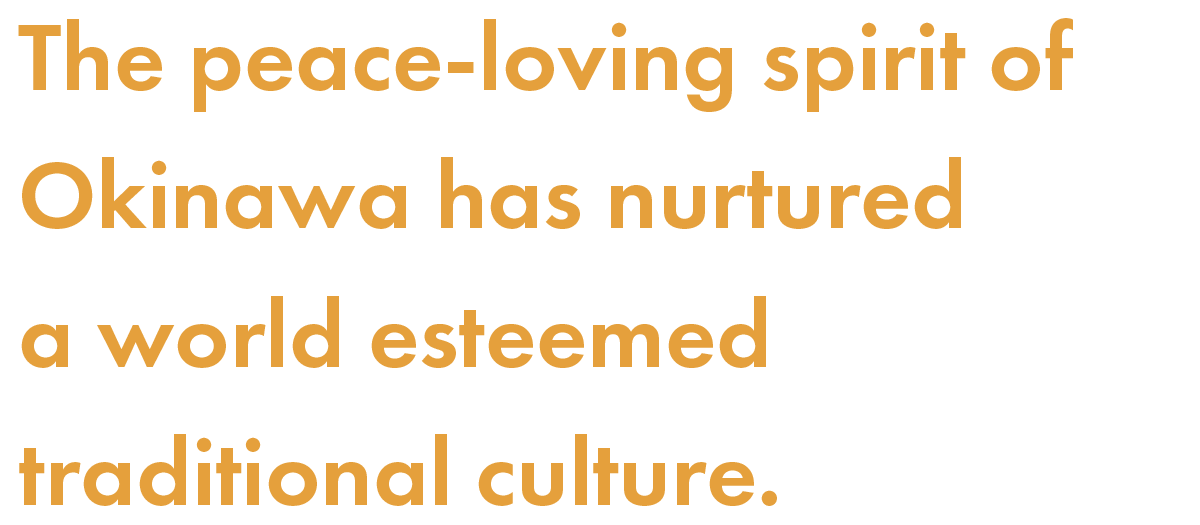
A martial art called "Ti" once existed in Okinawa
during the time of the Ryukyu Kingom
and was refined through cultural exchanges with foreign countries,
transforming into "Karate" as a unique aspect of Okinawan culture;
eventually, it became "karate" known today and spread from Okinawa to the rest of the world through social exchange.
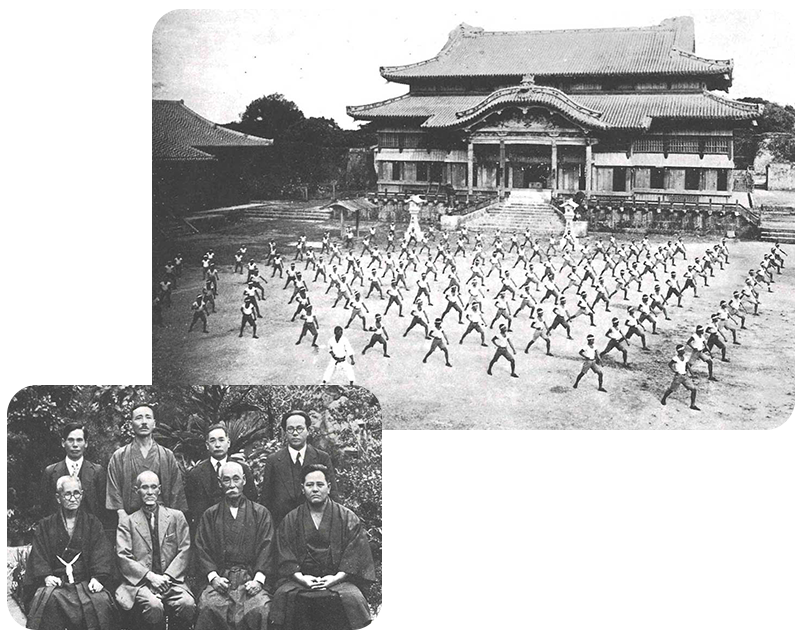
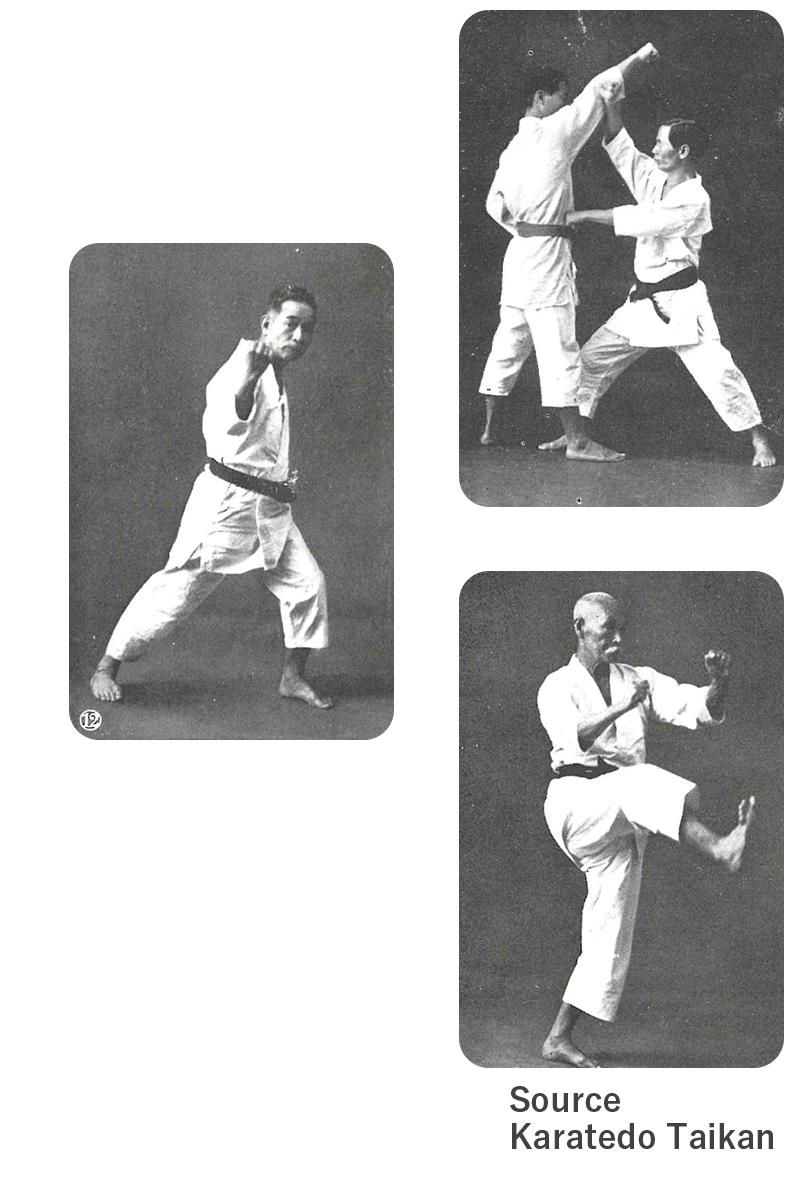

There are four systems of Okinawa karate and kobudo, which uses weapons.
Shuri-te lineage / Tomari-te lineage / Naha-te lineage / Uechi-ryu lineage / Kobudo
